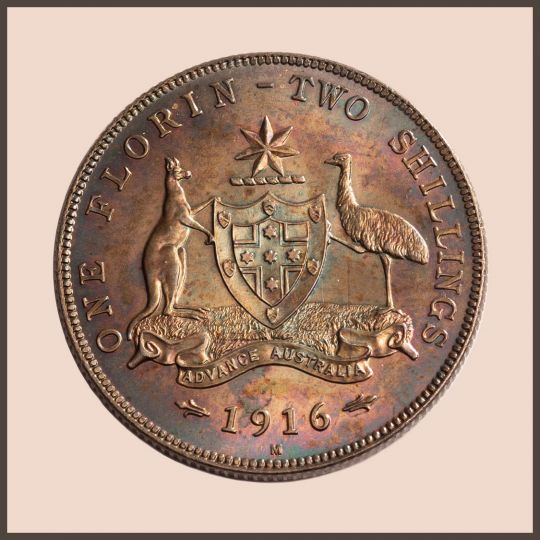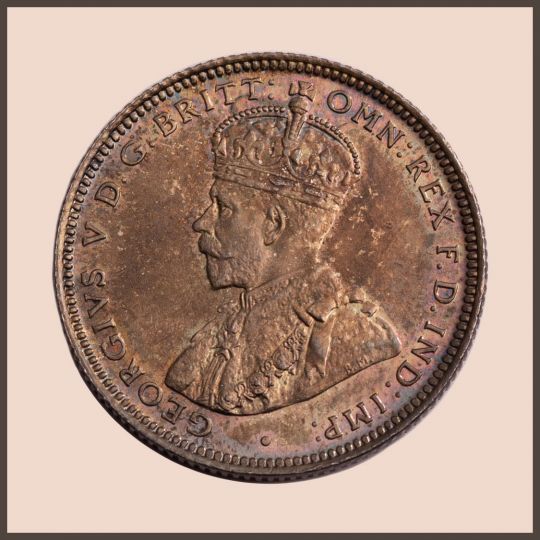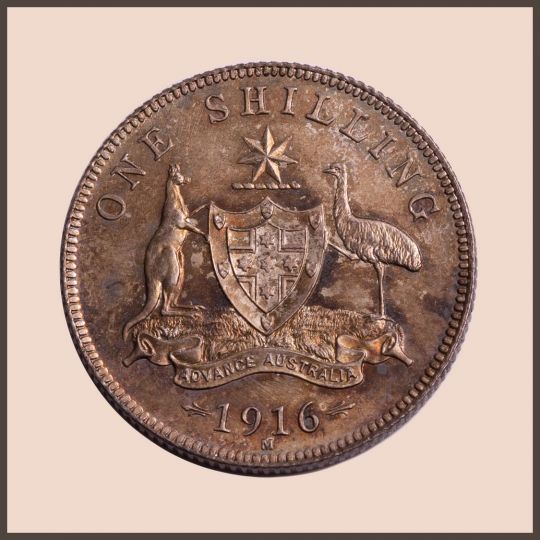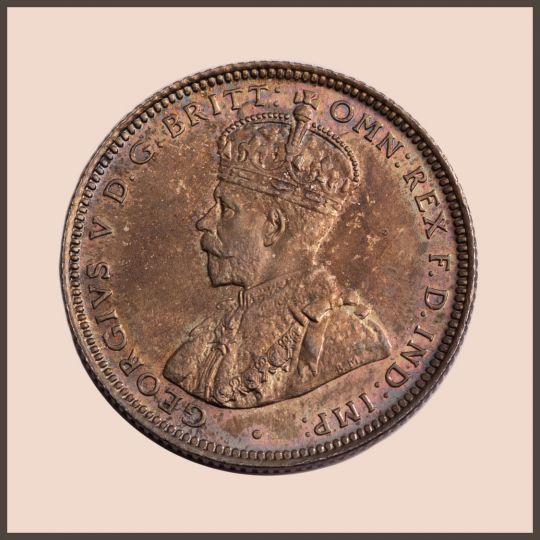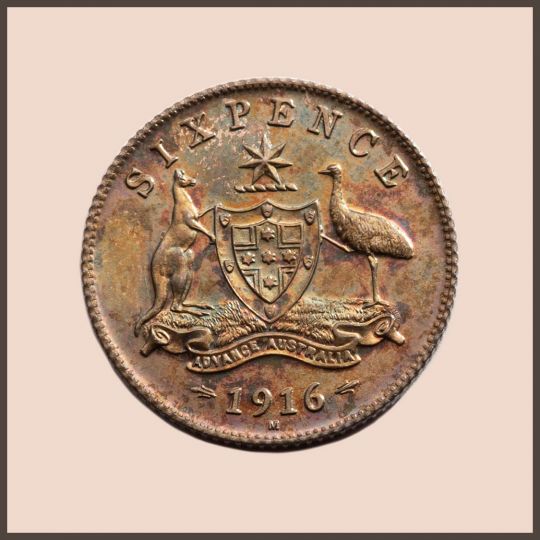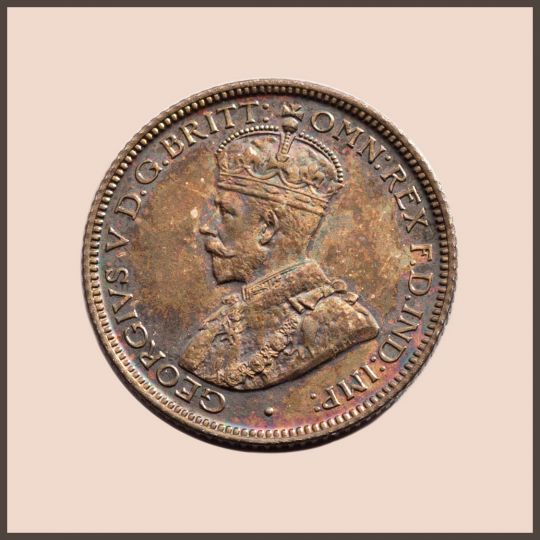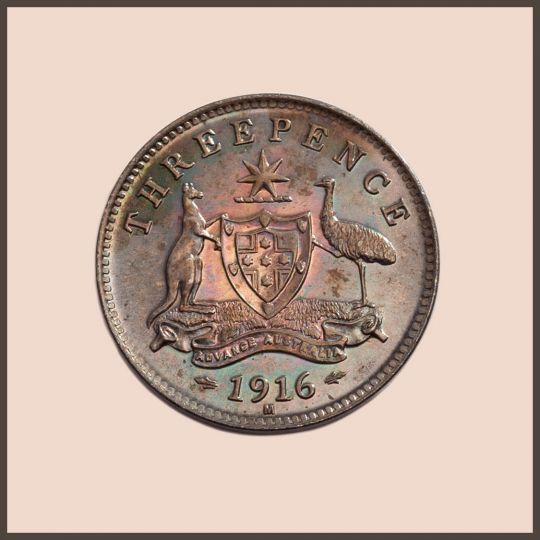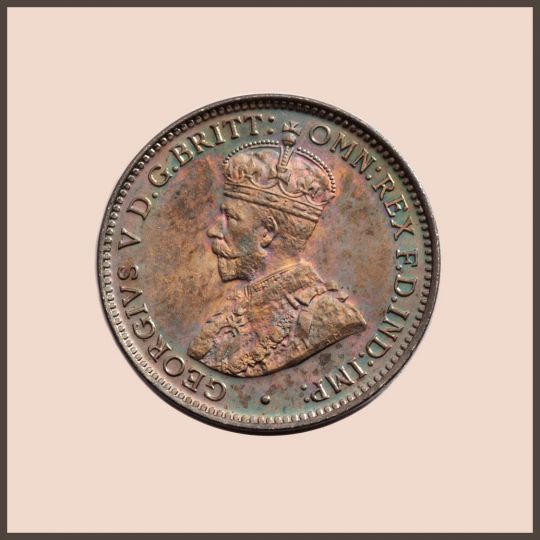1916 Presentation Set in an original velvet-lined case of issue.
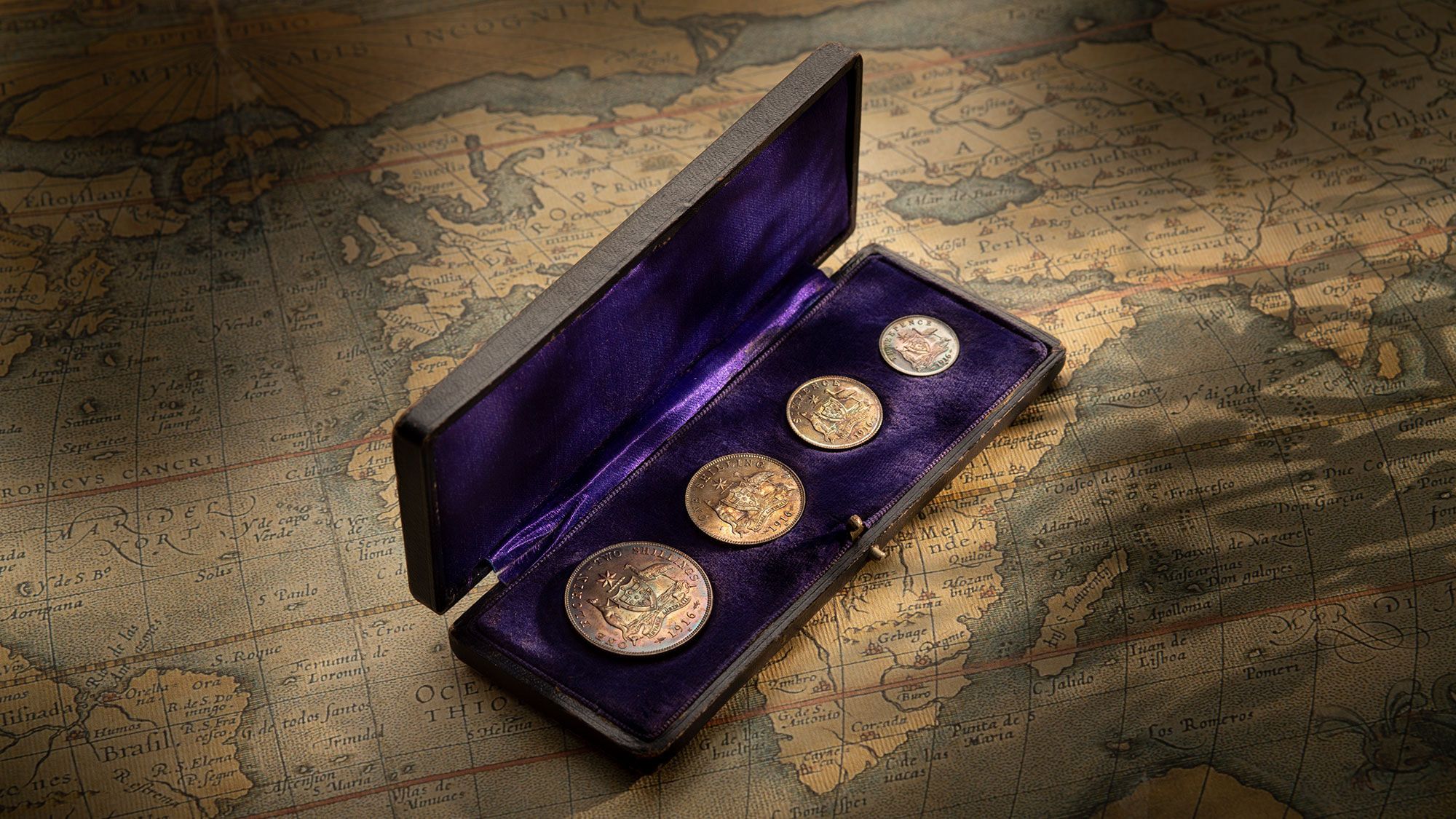
The Melbourne Mint was Australia’s longest serving mint to Government and the community, striking its first coin in 1872 and its last in 1964.
Two dates are integral to the mint's long history and to the nation’s numismatic heritage.
The most significant is its opening year, 1872, when the mint struck its first sovereign. The second most significant date is 1916 when the Melbourne Mint switched metals and commenced striking silver coins for the newly formed Commonwealth of Australia.
Sadly, for collectors, the mint failed to produce any presentation pieces for its opening in 1872.
That numismatic shortcoming was addressed in 1916. The Deputy Master of the Melbourne Mint authorised the production of sixty cased Presentation Sets, some of which were sold to collectors with others gifted to dignitaries.
Natural attrition has taken its toll on the original mintage and only seven cased presentation sets have been observed at auction over the last half-century.
Each coin in this 1916 Presentation Set has been carefully examined and we make the following comments.
1916 Specimen Florin - Beautifully struck, with superb detail in all design elements. Smooth surfaces and highly reflective with stunning colours on both obverse and reverse, the coin exhibits the classic striations associated with this controlled specimen striking.
1916 Specimen Shilling - Highly reflective, superbly struck and beautiful antique toning. The reverse reveals multiple striations (raised parallel lines) across the fields; with those between the scroll and date and behind the emu strongly evident. Precise edge denticles and high rim.
1916 Specimen Sixpence - Proof-like with beautifully mirrored fields. Very well struck, the denticles on the reverse rim are unusually strong. Beautifully mirrored fields on the obverse with microscopic striations confirming careful preparation of the dies.
1916 Specimen Threepence - A full brilliant mirror finish with handsome blue and pink toning. The coin is extremely well struck, noticeable in the strength of strike in the star, shield and scroll. Strong striations confirm careful preparation of the dies at the Melbourne Mint.
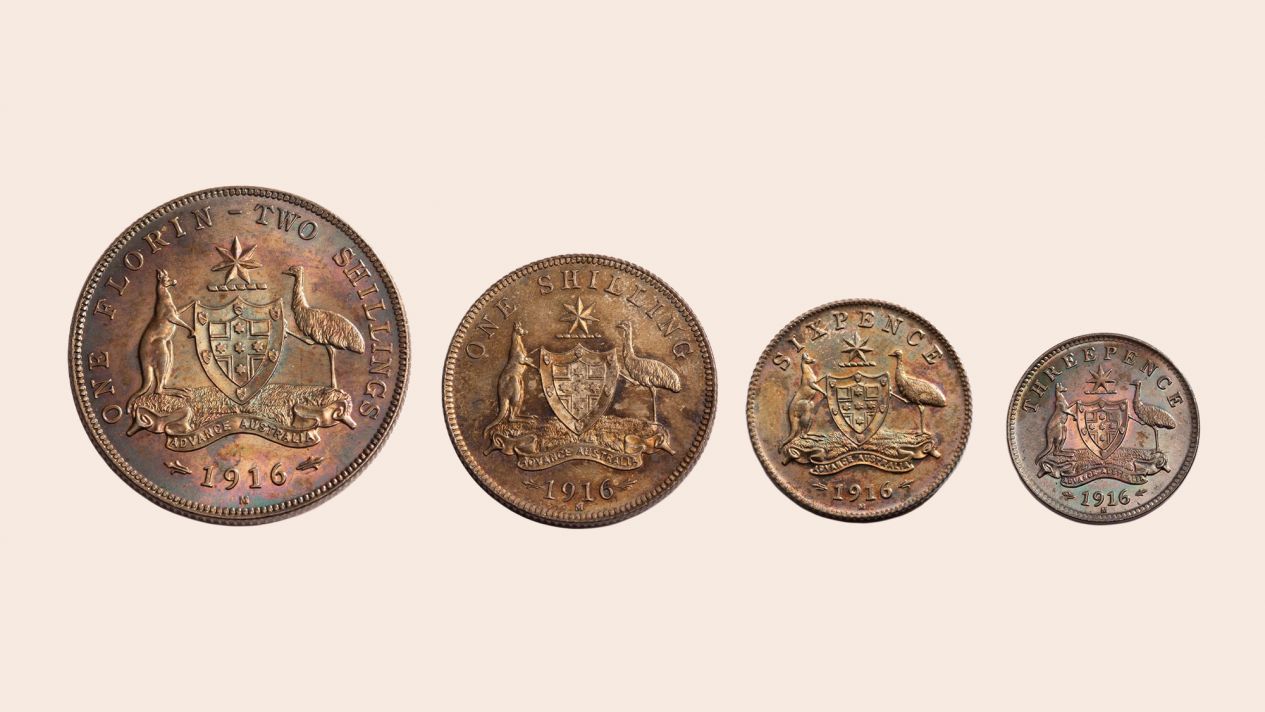
Early in November 1915 the Melbourne Mint was formally instructed to commence preparations for the striking of the Commonwealth's silver coinage. The silver was sourced locally from the Broken Hill mines. (Prior to 1915, the nation's silver coinage had been minted overseas at the Royal Mint London and the Heaton Mint in Birmingham.)
Towards the end of November 1915, dies for the set of four denominations were sent from London.
Six weeks after the dies were shipped, the Governor of Victoria Sir Arthur Stanley K.C.M.G, struck the first circulating 1916 shilling. It was logical that the Melbourne Mint would begin striking silver coinage with the shilling denomination given its similar physical size to their familiar sovereign.
The florin was struck almost immediately after, sixpences by the middle of 1916 with the threepences finally in December. More than 11.5 million silver coins were released into circulation that year.
The Melbourne Mint's inaugural striking of Australia's Commonwealth coins was a momentous occasion in minting circles. The Deputy Master of the Melbourne Mint therefore decided to create a Presentation Set. (A Presentation Set records an important moment or event in a nation's history by way of its coinage.)
Each presentation set was comprised of the four silver coins of florin, shilling, sixpence and threepence struck to specimen quality and featured the Melbourne mint mark ‘M’ below the date 1916.
The four coins were housed in a handsome, velvet-lined royal blue case that had been locally sourced.
The availability of the four-coin specimen presentation set was confirmed in November 1916 when Le Souëf recorded an entry of sixty specimen sets in the Mint Museums’ cash accounts with a face value of £11 5/-.
While records show that 60 sets were produced, sixteen were sold, collectors charged 6/- for a cased set. A further 25 sets out of the original mintage were presented to dignitaries and politicians with the precise fate of the remaining sets unknown.
What we do know is that many of the cases have been lost and many of the sets have been broken up and sold as individual coins. We also know that others were accidentally used as circulating coins, their value irreparably reduced through wear.
Over the past 50 years we have sighted only seven sets housed in their original case of issue. The case is a stamp of authority indicating that the coins are presented today as they were originally intended more than a century ago.
© Copyright: Coinworks
